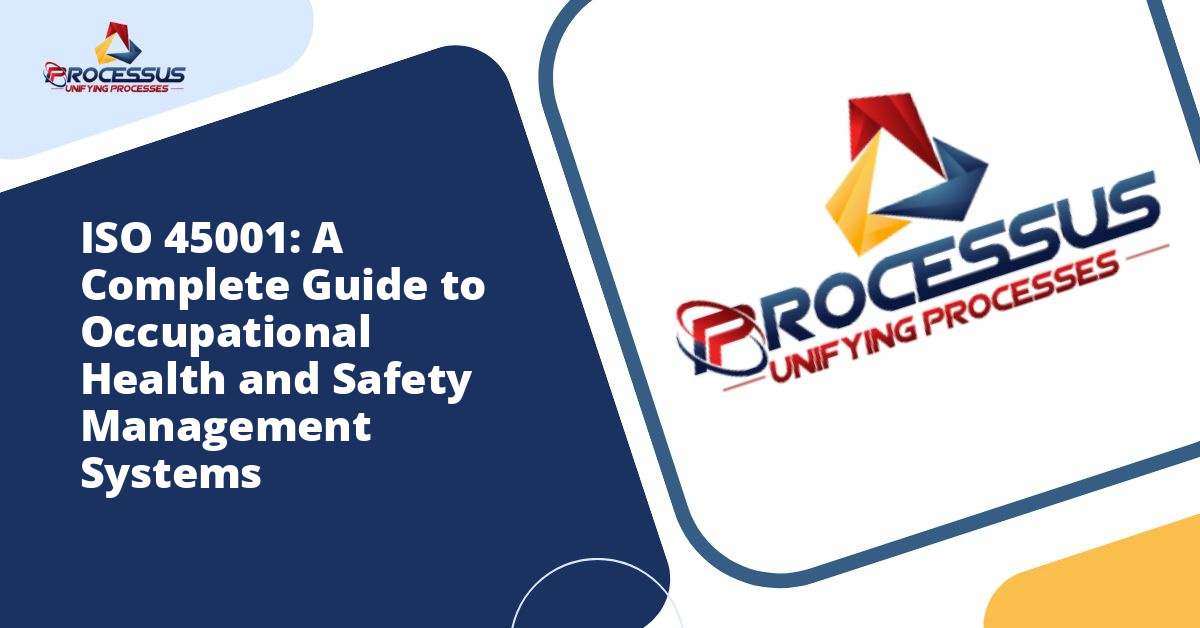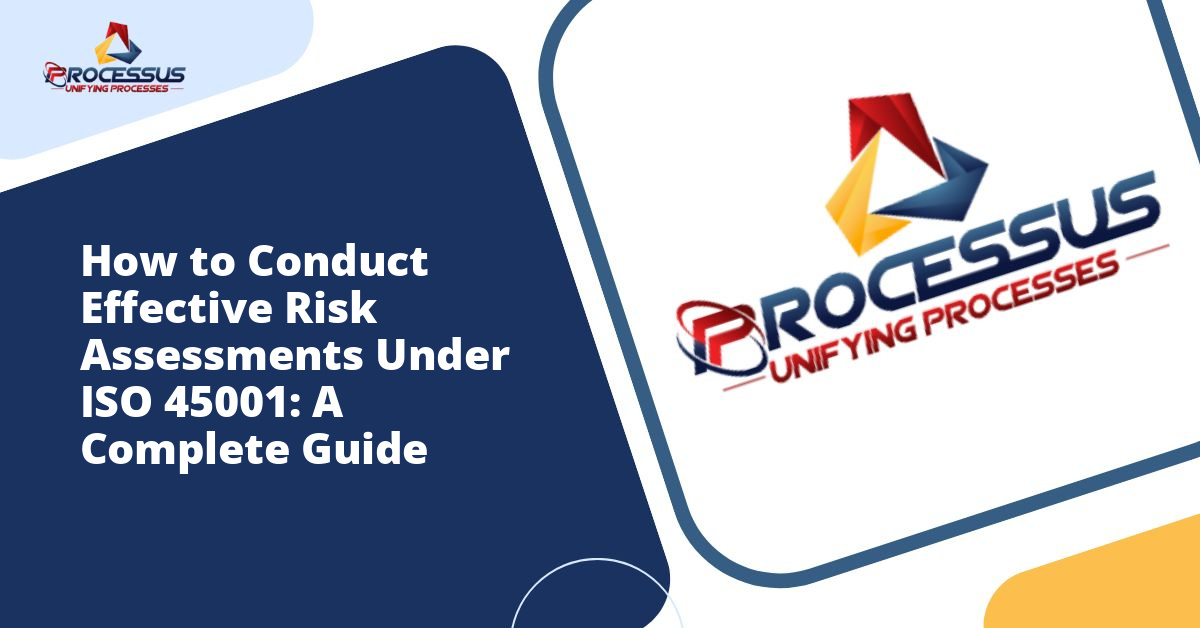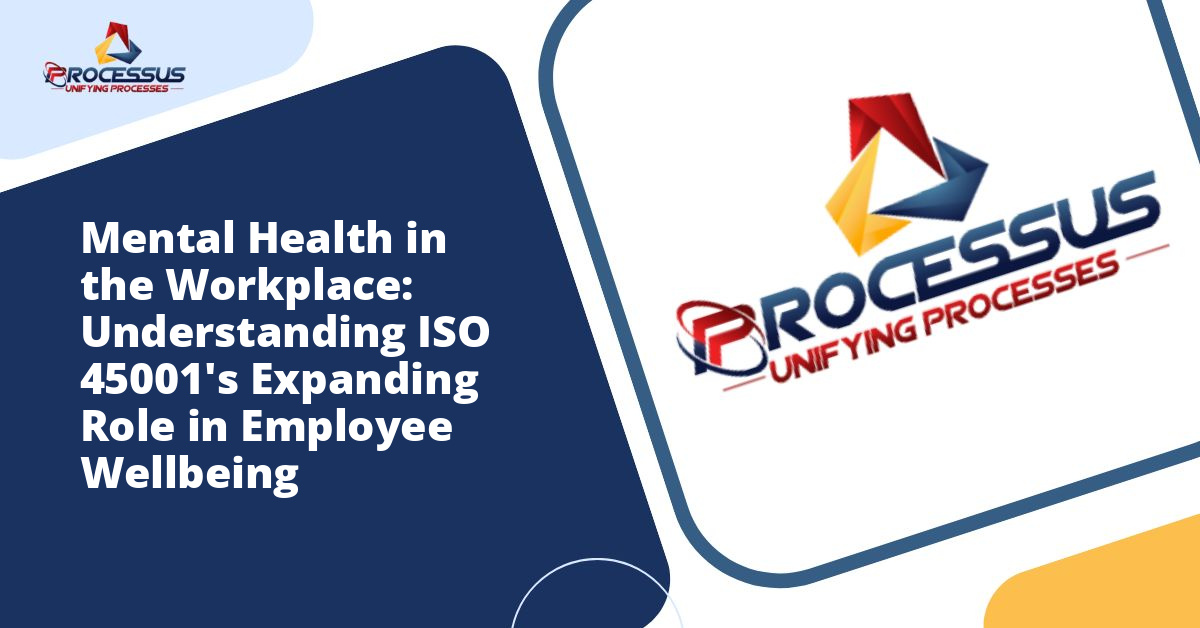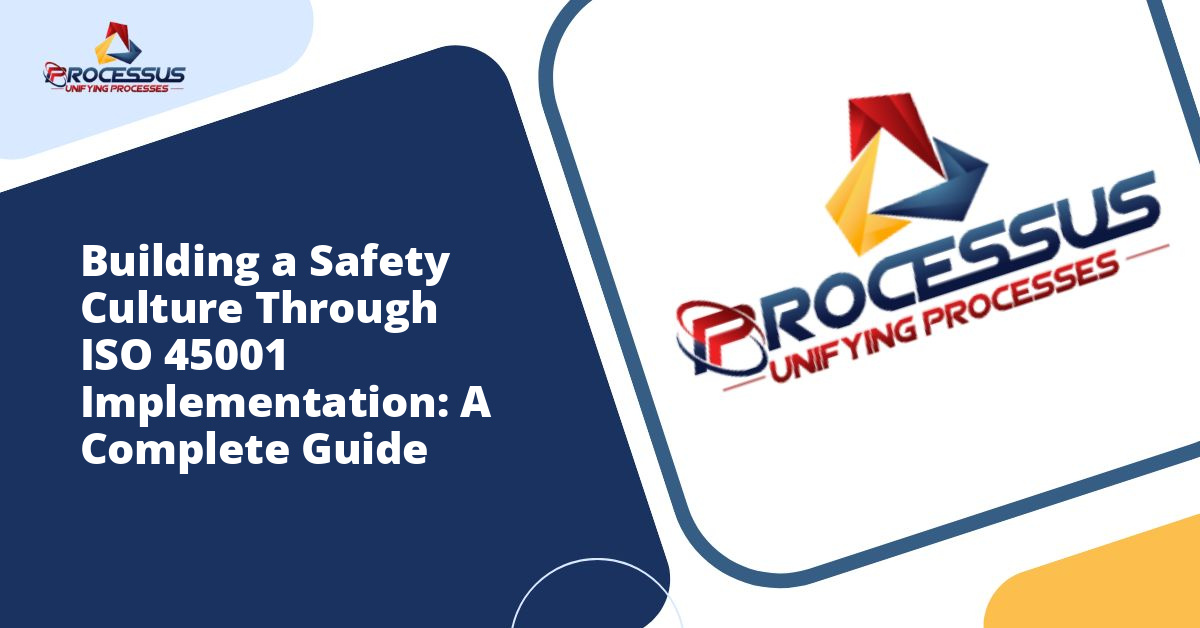In today’s rapidly evolving workplace environment, ensuring the health and safety of employees has become more critical than ever before. Organizations across the globe are recognizing that protecting their workforce is not just a moral obligation but also a strategic business imperative. This is where ISO 45001, the international standard for Occupational Health and Safety Management Systems, comes into play as a comprehensive framework that helps organizations create safer, healthier work environments while simultaneously improving operational efficiency.
Understanding ISO 45001: The Foundation of Workplace Safety
ISO 45001 is an internationally recognized standard published by the International Organization for Standardization (ISO) in March 2018. This standard replaced the former OHSAS 18001 and provides organizations with a systematic approach to managing occupational health and safety risks. The primary objective of ISO 45001 is to enable organizations to provide safe and healthy workplaces by preventing work-related injuries, ill health, and fatalities, as well as by proactively improving their occupational health and safety performance. You might also enjoy reading about Understanding ISO Standards: A Complete Guide to International Quality Management Systems.
The standard applies to organizations of all sizes and industries, regardless of their geographical location. Whether you run a small manufacturing unit, a multinational corporation, or a service-based enterprise, ISO 45001 provides a flexible framework that can be adapted to meet your specific needs and circumstances. The beauty of this standard lies in its universal applicability and its ability to integrate seamlessly with other management system standards.
The Historical Context and Evolution
Before ISO 45001 came into existence, organizations relied on various national and international standards for occupational health and safety management. OHSAS 18001, developed by a group of certification bodies and standards organizations, was among the most widely used. However, it was not an official ISO standard, which created certain limitations in terms of recognition and integration with other management systems.
The development of ISO 45001 represented a significant milestone in workplace safety management. It brought occupational health and safety into the family of ISO management system standards, making it easier for organizations to integrate with other systems such as ISO 9001 (Quality Management) and ISO 14001 (Environmental Management). This integration capability has proven invaluable for organizations seeking a holistic approach to management systems.
Core Principles and Structure of ISO 45001
ISO 45001 is built on several fundamental principles that guide its implementation and effectiveness. Understanding these principles is essential for organizations looking to maximize the benefits of certification.
Leadership and Worker Participation
One of the most significant aspects of ISO 45001 is its emphasis on leadership commitment and worker participation. The standard requires top management to take an active role in the occupational health and safety management system. Leaders must demonstrate their commitment by establishing policies, assigning responsibilities, and ensuring that adequate resources are allocated to safety initiatives.
Equally important is worker participation. ISO 45001 recognizes that employees are the eyes and ears of the organization when it comes to identifying hazards and risks. The standard mandates consultation and participation of workers at all levels in the development, planning, implementation, and evaluation of the safety management system. This inclusive approach ensures that safety measures are practical, relevant, and effective.
Risk-Based Thinking
ISO 45001 adopts a risk-based approach that requires organizations to identify, assess, and control health and safety risks systematically. This proactive stance moves beyond simply reacting to incidents and focuses on preventing them before they occur. Organizations must consider both the likelihood and potential consequences of hazards, implementing controls based on the hierarchy of controls principle.
The hierarchy of controls prioritizes elimination of hazards as the most effective measure, followed by substitution, engineering controls, administrative controls, and finally, personal protective equipment as the last line of defense. This systematic approach ensures that organizations address risks at their source rather than relying solely on protective measures.
The Plan-Do-Check-Act Cycle
Like other ISO management system standards, ISO 45001 is structured around the Plan-Do-Check-Act (PDCA) cycle, also known as the Deming Cycle. This continuous improvement framework ensures that the occupational health and safety management system remains dynamic and responsive to changing circumstances.
In the Plan phase, organizations establish objectives, identify risks and opportunities, and develop plans to address them. The Do phase involves implementing the planned actions and controls. The Check phase requires monitoring, measurement, analysis, and evaluation of performance. Finally, the Act phase focuses on taking corrective actions and continuously improving the system based on lessons learned.
Key Requirements of ISO 45001
ISO 45001 is organized into ten clauses, with clauses four through ten containing the specific requirements that organizations must meet to achieve certification.
Context of the Organization
Organizations must understand their external and internal context, including the needs and expectations of interested parties such as workers, regulatory authorities, customers, and communities. This understanding helps shape the scope and boundaries of the occupational health and safety management system, ensuring it addresses relevant issues and concerns.
Leadership and Worker Participation
Top management must demonstrate leadership and commitment by integrating occupational health and safety into business processes, ensuring policy alignment, and promoting a culture of safety. The organization must establish mechanisms for worker consultation and participation at all levels, removing barriers and obstacles that might prevent workers from contributing to safety improvements.
Planning
The planning phase requires organizations to identify and assess occupational health and safety risks and opportunities. This includes considering routine and non-routine activities, emergency situations, and changes to the organization, its processes, or its activities. Organizations must establish objectives and plan how to achieve them, ensuring that plans are documented, communicated, and updated as necessary.
Support
Organizations must provide adequate resources for establishing, implementing, maintaining, and continually improving the management system. This includes ensuring competent personnel, raising awareness, establishing effective communication channels, and maintaining documented information. The support clause emphasizes that safety cannot be achieved without proper investment in people, systems, and infrastructure.
Operation
The operation clause covers the implementation of planned actions to address risks and opportunities. Organizations must establish processes for operational planning and control, manage change effectively, ensure procurement processes consider health and safety requirements, and prepare for potential emergency situations. Contractors and outsourced activities must also be managed to ensure they meet the organization’s health and safety standards.
Performance Evaluation
Organizations must monitor, measure, analyze, and evaluate their occupational health and safety performance. This includes conducting regular internal audits to assess compliance with the standard and the effectiveness of the management system. Management reviews must be conducted at planned intervals to ensure the system remains suitable, adequate, and effective.
Improvement
The final requirement focuses on continuous improvement. Organizations must investigate incidents and nonconformities, determine their root causes, and take corrective actions to prevent recurrence. The management system should evolve based on lessons learned, changing circumstances, and opportunities for enhancement.
Benefits of Implementing ISO 45001
Organizations that successfully implement ISO 45001 can expect to realize numerous benefits that extend beyond simple compliance with regulations.
Reduced Workplace Incidents and Injuries
The most obvious benefit is a reduction in workplace incidents, injuries, and occupational illnesses. By systematically identifying and controlling hazards, organizations create safer work environments where employees face fewer risks. This leads to fewer lost-time injuries, reduced workers’ compensation claims, and lower insurance premiums.
Enhanced Organizational Reputation
ISO 45001 certification demonstrates to stakeholders, including customers, investors, and the public, that an organization takes health and safety seriously. This commitment enhances reputation and can provide a competitive advantage in markets where safety performance is a selection criterion. Many large corporations now require their suppliers to hold ISO 45001 certification as a condition of doing business.
Improved Employee Morale and Productivity
When employees see that their employer genuinely cares about their wellbeing, morale improves significantly. Workers feel valued and respected, leading to increased engagement, loyalty, and productivity. A safe workplace is also a more efficient workplace, as disruptions caused by incidents and investigations are minimized.
Legal Compliance and Risk Management
ISO 45001 helps organizations stay abreast of legal and regulatory requirements related to occupational health and safety. The standard requires regular evaluation of compliance obligations, reducing the risk of penalties, fines, and legal actions. Proactive risk management also protects organizations from potential liabilities and reputational damage associated with serious incidents.
Cost Savings
While implementing ISO 45001 requires investment, the long-term cost savings are substantial. Reduced incident rates translate to lower workers’ compensation costs, decreased absenteeism, reduced equipment damage, and minimized production disruptions. Organizations also benefit from improved operational efficiency as processes become more streamlined and standardized.
Integration with Other Management Systems
ISO 45001 shares the same high-level structure as other ISO management system standards, making integration straightforward. Organizations can combine their quality, environmental, and occupational health and safety management systems into a single, cohesive framework. This integration reduces duplication, simplifies documentation, and creates synergies across different management functions.
Steps to Implement ISO 45001
Implementing ISO 45001 is a journey that requires careful planning, commitment, and systematic execution. The following steps provide a roadmap for organizations embarking on this path.
Gain Leadership Commitment
Successful implementation begins with securing commitment from top management. Leaders must understand the benefits, allocate necessary resources, and actively champion the initiative. Without visible leadership support, implementation efforts are likely to falter.
Conduct a Gap Analysis
Organizations should assess their current health and safety practices against the requirements of ISO 45001. This gap analysis identifies areas where existing systems meet the standard and where improvements are needed. The analysis provides a baseline and helps prioritize implementation activities.
Establish an Implementation Team
Form a cross-functional team responsible for driving the implementation process. This team should include representatives from various departments and levels, ensuring diverse perspectives and comprehensive coverage of organizational activities. Consider appointing a dedicated project manager or coordinator to oversee the initiative.
Develop Policies and Procedures
Create or revise occupational health and safety policies, procedures, and work instructions to align with ISO 45001 requirements. Documentation should be clear, accessible, and practical, providing workers with the guidance they need to perform their tasks safely.
Provide Training and Awareness
Ensure that all employees understand their roles and responsibilities within the management system. Provide training on new procedures, risk assessment techniques, incident reporting, and emergency response. Awareness campaigns can help embed a safety culture throughout the organization.
Implement and Test the System
Put the management system into operation and monitor its performance. Conduct trial runs of new procedures, test emergency response plans, and gather feedback from workers. Use this implementation phase to refine processes and address any issues that arise.
Conduct Internal Audits
Before seeking certification, conduct comprehensive internal audits to verify that the management system meets all requirements of the standard. Internal audits identify nonconformities and opportunities for improvement, allowing organizations to address them before the certification audit.
Seek Certification
Select an accredited certification body to conduct the external audit. The certification process typically involves a two-stage audit, with the first stage reviewing documentation and readiness, and the second stage evaluating implementation and effectiveness. Once any findings are addressed, the certification body issues the ISO 45001 certificate.
Maintain and Improve
Certification is not the end of the journey but rather the beginning of a commitment to continuous improvement. Organizations must maintain their management system through regular reviews, audits, and updates. Surveillance audits conducted by the certification body ensure ongoing compliance.
Common Challenges and How to Overcome Them
While the benefits of ISO 45001 are clear, organizations often encounter challenges during implementation. Being aware of these potential obstacles and having strategies to address them can smooth the path to certification.
Resistance to Change
Employees and managers accustomed to existing ways of working may resist new procedures and requirements. Overcome this by communicating the benefits clearly, involving stakeholders in the design process, and providing adequate training and support during the transition.
Resource Constraints
Smaller organizations may struggle with the time and financial resources required for implementation. Prioritize activities based on risk, leverage existing systems and processes where possible, and consider phased implementation to spread costs over time.
Complexity of Documentation
The documentation requirements can seem daunting, particularly for organizations new to formal management systems. Keep documentation simple, practical, and aligned with how work is actually performed. Avoid creating unnecessary paperwork that adds burden without value.
Maintaining Momentum
Initial enthusiasm can wane as implementation progresses, especially if quick wins are not evident. Celebrate milestones, share success stories, and keep leadership visibly engaged to maintain momentum throughout the journey.
The Future of Workplace Safety Management
ISO 45001 represents the current state of best practice in occupational health and safety management, but the field continues to evolve. Emerging trends such as digitalization, artificial intelligence, and predictive analytics are transforming how organizations approach workplace safety. Smart sensors, wearable technology, and data analytics enable real-time monitoring and early warning systems that can prevent incidents before they occur.
The COVID-19 pandemic has also highlighted the importance of addressing biological hazards and adapting management systems to unprecedented circumstances. Organizations that have embraced ISO 45001 found they were better equipped to respond to the pandemic’s challenges, demonstrating the resilience that comes from having robust health and safety management systems in place.
As workplaces continue to change with remote work, gig economy models, and automation, ISO 45001 provides a flexible framework that can adapt to these new realities. The standard’s emphasis on context, stakeholder engagement, and continuous improvement ensures it remains relevant regardless of how work evolves.
Conclusion
ISO 45001 represents far more than a certification to display on a wall. It is a comprehensive framework for creating workplaces where people can thrive without compromising their health and safety. By implementing this standard, organizations demonstrate their commitment to protecting their most valuable asset: their people.
The journey to ISO 45001 certification requires dedication, resources, and a genuine commitment to change. However, the rewards extend far beyond compliance, encompassing improved performance, enhanced reputation, engaged employees, and ultimately, a stronger, more sustainable organization.
For organizations just beginning to consider ISO 45001, the time to start is now. Every day without a robust occupational health and safety management system is a day of unnecessary risk. For those already on the journey, continuous improvement remains the goal, with each increment bringing the organization closer to the ideal of zero harm.
In a world where the only constant is change, ISO 45001 provides the structure and discipline needed to navigate uncertainty while keeping workers safe. It transforms occupational health and safety from a reactive, compliance-driven function into a proactive, strategic capability that creates value for all stakeholders. The question is not whether to implement ISO 45001, but rather how quickly your organization can begin realizing the benefits of this powerful standard.







